R&D Close Up
Research and Development of B5G IoT SoCs and IoT Solution-Building Platforms That Allow for Continuous Evolution
Principal investigator: Mototaka Taneya, Executive Managing Officer, Chief Technical Officer, Head of R&D, Sharp Corporation
Research institutions: Sharp Corporation/Sharp Fukuyama Semiconductor Co., Ltd. (up to October 2021)/Sharp Semiconductor Innovation Corporation (from November 2021)/National University Corporation the University of Tokyo/National University Corporation Tokyo Institute of Technology/Japan Radio Co., Ltd.
*This article is a re-edited version of the content of videos on the Function Realization Program under NICT’s Innovative ICT Fund Projects for Beyond 5G/6G.
Embracing the mission of bringing wireless technology back to Japan
This project seeks to create new infrastructure based on customizable software-defined systems-on-a-chip (SoCs) that will spark innovation in Japan. We interviewed principal investigator Mr. Mototaka Taneya and researcher Mr. Toyofumi Horikawa (Director of Development Department No. 2, Sharp Semiconductor Innovation Corporation) about this project that is being carried out with ambitious goals.
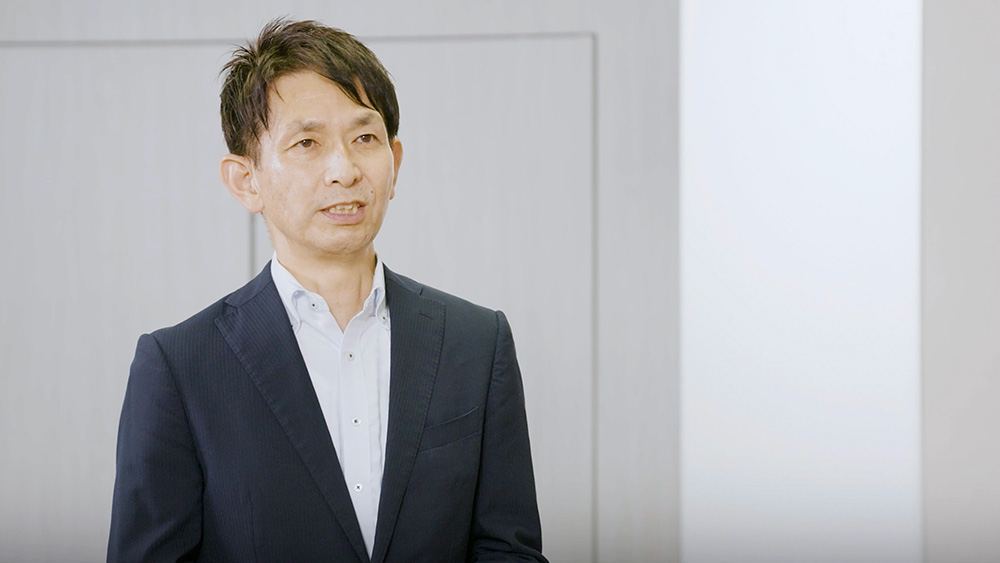
What is the goal of this project?
Taneya: We are working on this project by embracing the ambitious mission of bringing wireless technology back to Japan. Our major goal is to create customizable software-defined systems-on-a-chip (SoCs) with unique features and pursue outputs that would allow these SoCs to be implemented in society and positioned as a new infrastructure in Japan and as important chips for the 2030s, which we hope to achieve through the results of the R&D itself.
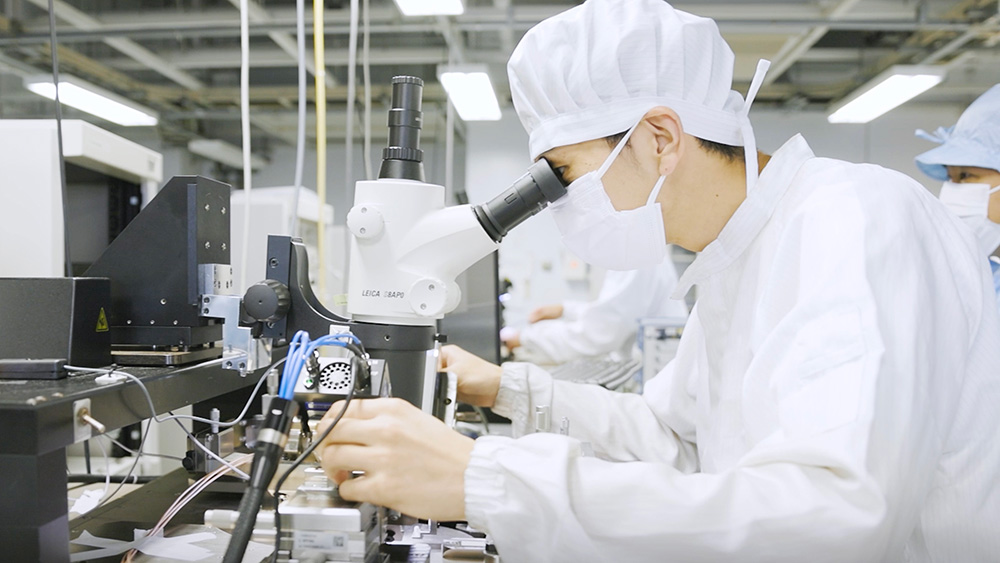
What kind of features will these SoCs have?
Taneya: Roughly speaking, they will have two features. First, unlike existing SoCs, the content of this project’s SoCs will be rewritable. In general, large-scale integration (LSI) has the greatest value at the point of purchase by everyone, but going forward, by carefully creating rewritable areas in LSI, we intend to incorporate a mechanism through which the value of communication SoCs themselves grows as they are used by everyone.
The second feature is that by doing this, everyone from university professors to students and from startup companies to large enterprises with new ideas in the telecommunications world will be able to use the platform we have created to test their new ideas, from the domain of communication relatively close to the physical layer to close to the application layer. This will allow the process of standardization to be driven by Japan and enable the platform to also be utilized for sharing technical proposals with the rest of the world.
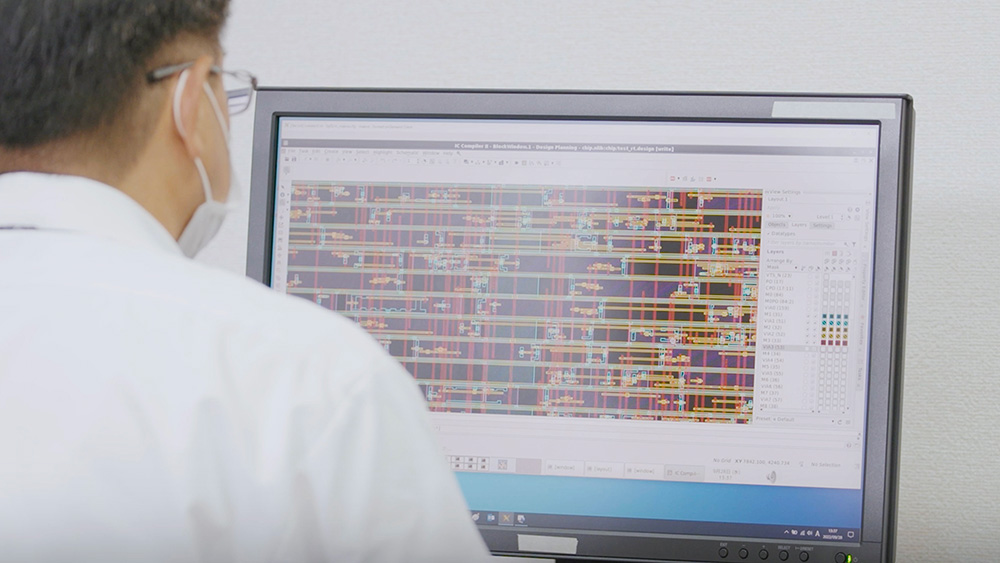
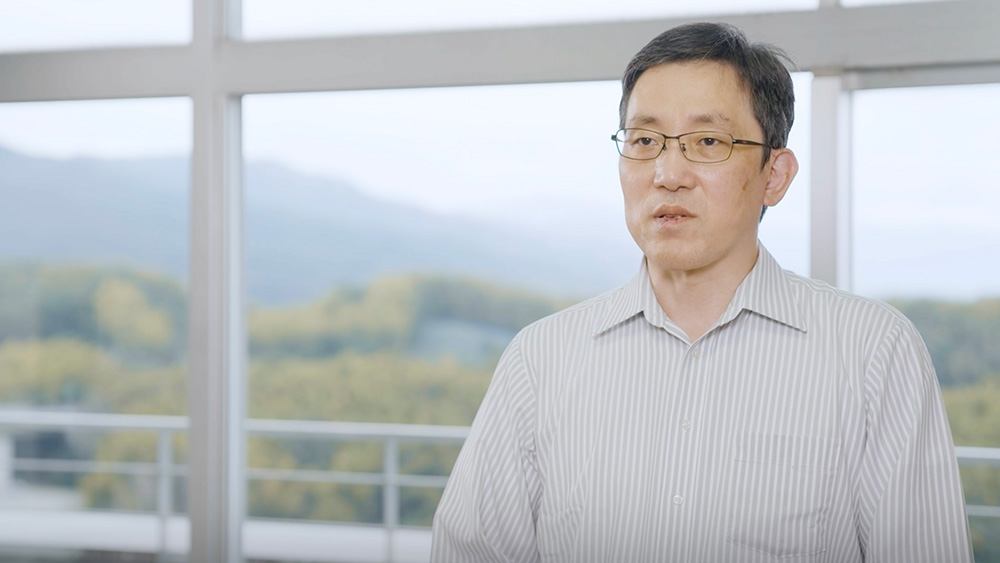
What challenges do you face and how do you plan to tackle them?
Horikawa: Currently, most chipsets, which are essential for communication devices, are manufactured by major overseas vendors, and people have no choice but to use the devices provided by these vendors. The key is whether we are able to offer devices that can satisfy a wider range of needs with the smallest necessary configuration for an architecture that can be used for longer periods of time, i.e., by achieving the ability to provide updates of functions.
In this research project, we will re-examine hardware and software from the beginning to tackle these challenges and try to create a development platform for new communication devices. At the same time, we will conduct research and development to reduce costs and achieve miniaturization through CMOS millimeter-wave compatibility.
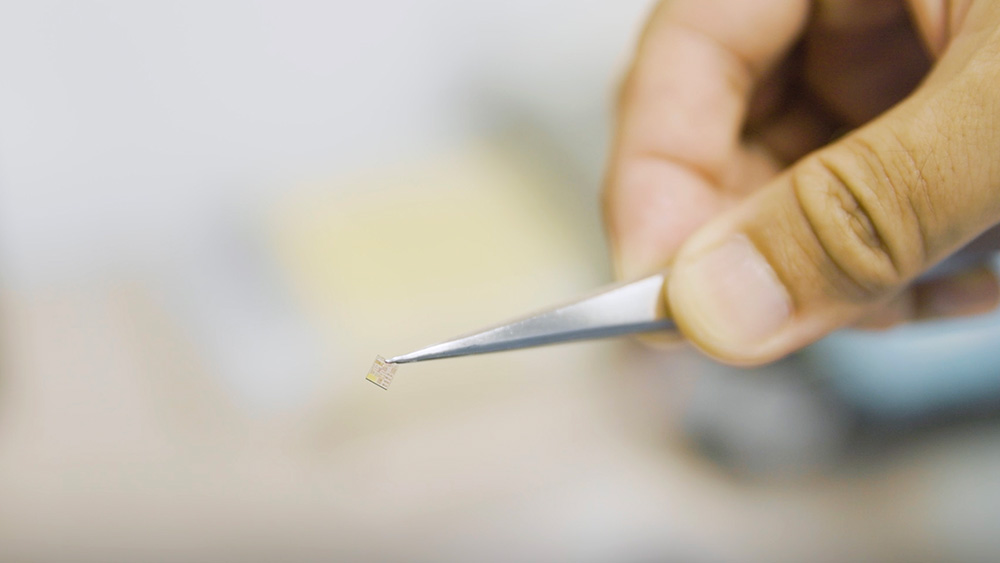
What do you hope to achieve from the results of this project?
Horikawa: We feel that it will be very meaningful to provide a widely accessible basic development platform for next-generation communications. We believe that we can expand the world of IoT communications by providing the platform created through our research not only to manufacturers with expertise in the development of smartphones and other wireless devices but also to ordinary developers so that they can build networks that satisfy the communication requirements of various situations.
Looking back on the past, devices have always been developed based on new ideas whenever a new product or service is launched. We hope to spark innovation in the realm of communications for the Beyond 5G era.
Thank you very much.





Column
[B5G Society] This is how the manufacturing industry will change!
Industry challenges
Machinery is the foundation for the daily activities of humans, production and distribution of goods, social infrastructure, and energy use. Various improvements on this front have contributed to greater performance, efficiency, and reliability, while more advanced sensors and ICT utilization have led to the optimization of systems. The industry’s challenges include automation and labor-saving measures that compensate for a shrinking workforce, robots that collaborate with humans, and the reduction of environmental impact at every stage of the manufacturing process.

Future vision and potential solutions
The following elements would be essential in the future.
· Machine tools: Higher machining accuracy and speed by leveraging ICT, higher maintenance efficiency, and a wider range of possible working materials and conditions
· Construction machinery: Improvement of productivity and safety of construction work, including but not limited to construction machinery
· Agricultural machinery: Realization of smarter agricultural production in various aspects, including but not limited to automation and achievement of higher-performance agricultural machinery
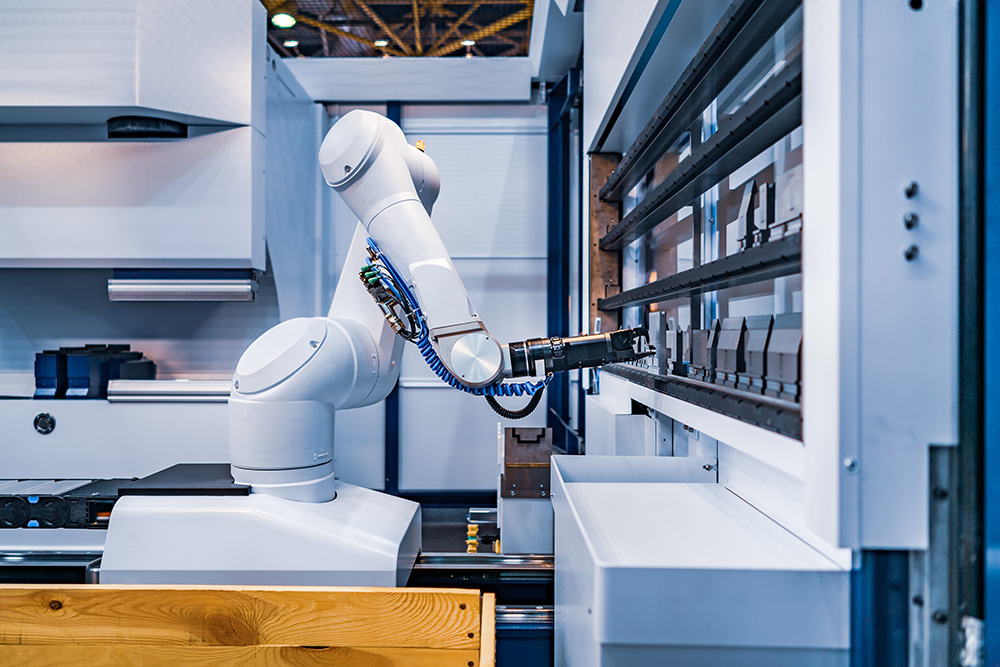
Enabling feasible resolution of these challenges with Beyond 5G technologies
Beyond 5G has the potential to achieve the following.
(1) High-precision remote control of machines, undersea and space activities, and sensory sharing through interactive operations that leverage XR ("cross reality," i.e., technology that integrates the real world with virtual worlds), etc.
(2) Real-time information sharing between machines and humans, or between machines, focused on high-definition images
(3) Robots and avatars that perform human functions and actions
(4) Automated generation of manufacturing processes in factories utilizing data collected from a wide variety of sensors, and smart factories that draw on this to achieve compact production and customization
(5) Machine tools that draw on collected data to achieve improved performance, intelligent operational processes, utilization of large-scale sensor networks, ultra-high speed and low-latency motion control, etc.
(6) Construction machinery that facilitates labor-saving and unmanned operations, remote operations that are safe and secure for everyone, and flexible construction management in terms of both space and time
(7) Agricultural machinery that achieves not only automation and improved performance but also smart agricultural production, including remote farming and shipment planning
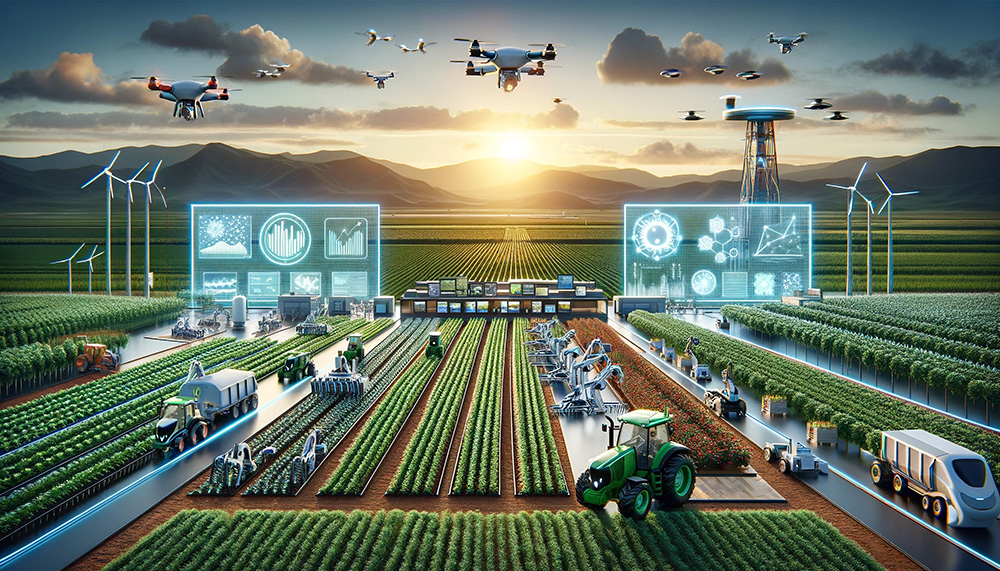



Source: Beyond 5G White Paper -Message to the 2030s-, Version 2.0 (Beyond 5G Promotion Consortium)

